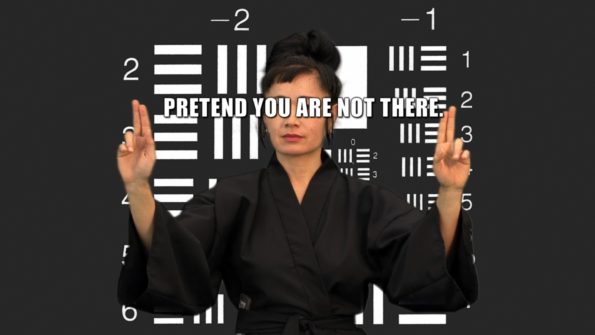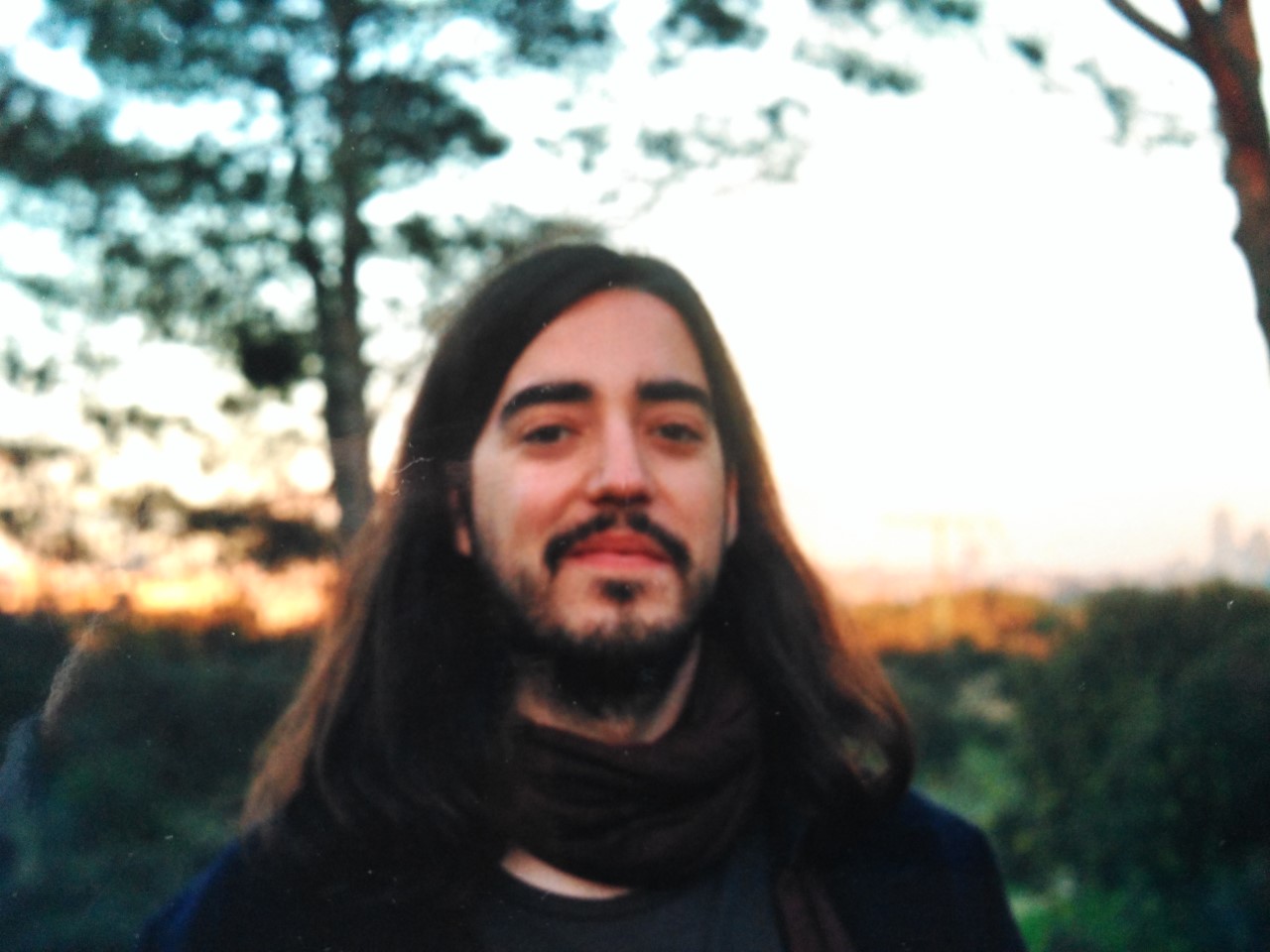Search
To search for an exact match, type the word or phrase you want in quotation marks.
A*DESK has been offering since 2002 contents about criticism and contemporary art. A*DESK has become consolidated thanks to all those who have believed in the project, all those who have followed us, debating, participating and collaborating. Many people have collaborated with A*DESK, and continue to do so. Their efforts, knowledge and belief in the project are what make it grow internationally. At A*DESK we have also generated work for over one hundred professionals in culture, from small collaborations with reviews and classes, to more prolonged and intense collaborations.
At A*DESK we believe in the need for free and universal access to culture and knowledge. We want to carry on being independent, remaining open to more ideas and opinions. If you believe in A*DESK, we need your backing to be able to continue. You can now participate in the project by supporting it. You can choose how much you want to contribute to the project.
You can decide how much you want to bring to the project.

In recent decades, the world of art has not ceased to expose its reserves in the unstoppable rise of new technologies. Even the advertising mediums, in a new operation to reach the public that is to come, have taken the typical codes of the youtubers to promote their brands, like it has happened with Pipas G or Tigretón. These new dynamics, among many others, point at a completely different way to feel and experience the world. In just a few years, the relation modes have changed in such a deep and fast way that an enormous generational gap has been developed, in which positions, named by the disdain and the clichés, might never meet.
Internet is, like mass culture at the beginning of the 20thcentury, the new battlefield between a profound culture and another one supposedly lower and more insignificant, of rapid consume. The boarders are not firm, and possibly gaseous, as the French theorist, Yves Michaud, already said, but remain as fiction for those that elaborate the theories. For its part, the contemporary art, in a way or the other, has been assimilating the new manifestations. Words such as net art, spaces like La Casa Encendida, or video art exhibitions such as Loop dialogue in a greater search for alternative critical ways of expression, like it happened in the case of José Luis Brea.
El ver y las imágenes en el tiempo de internet, published in the collection of Visual Studies by Akal, consolidates the importance that the virtual images have in the configuration of our look and identity. His author, Juan Martín Prada, who in his essay studied the development of the artistic practices in the data flow, adopts in this occasion a vision very close to the classic aesthetic. With certain apocalyptic perspective, like if the distinction of Umberto Eco of apocalyptic and integrated still remained, Prada manages without the contexts and specific situations, except the photography of the drowned Syrian kid, Alan Kurdi, and references to artists or Spanish researches.
From the origins of the photography, passing through the selfies, the drift of Pokemon Go, the censorship of the social media or the invisible filtration to which we are subdued, the circle is getting smaller until the last chapter. In a few pages, all the previous notions intensify to show which are the real game rules and to what extent, behind the endless amount of online protests, can still break.
The use of filed recordings, or of mechanisms that block the facial recognition point to processes that graze the artistic. At the same time, the camera of the mobile phones allows the individual, as a spectator that also interacts, to manufacture his own news, as well as reporting the abuses of power, although this one, in our country, has been solved with extreme efficiency, thanks to the Gag Rule. The network, that in its infinity covers up its policies with banality, is another gear of control and alienation: “the notion of the world as an image, that we understand (and feel) the world as images, places us in a permanent war of visual documents”.

Writing is his chief means of support and he evolves every day with his cultural criticism through articles, exhibitions, books, lectures, catalogue essays and film scripts. Paying special attention to mass culture and artificial and ideological discourses, he goes against the flow of mediocrity and conformism. The rest is enjoying the obstacles we face on this journey.
"A desk is a dangerous place from which to watch the world" (John Le Carré)